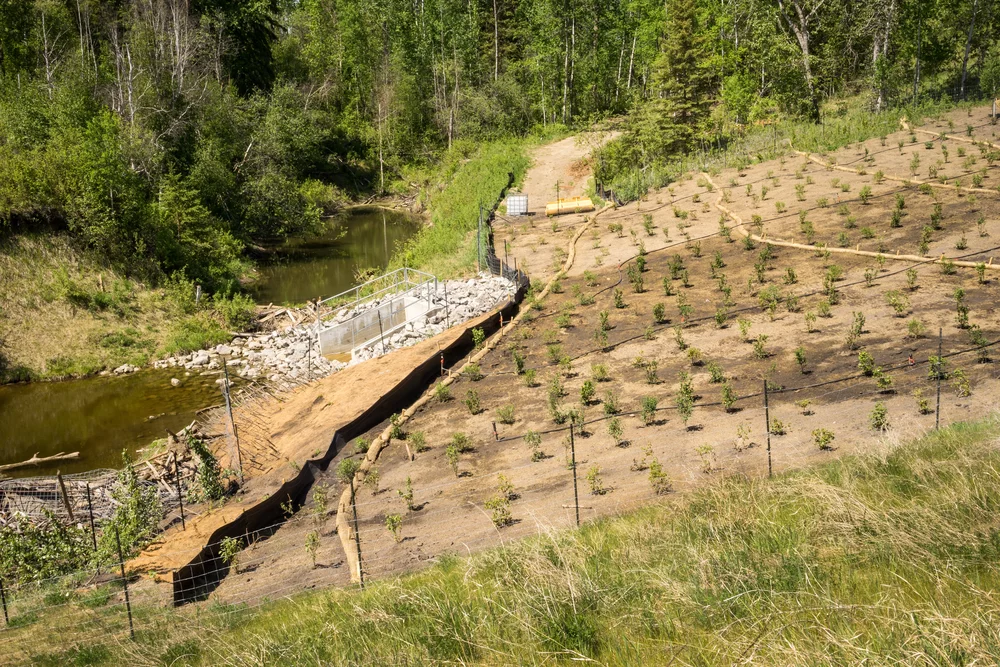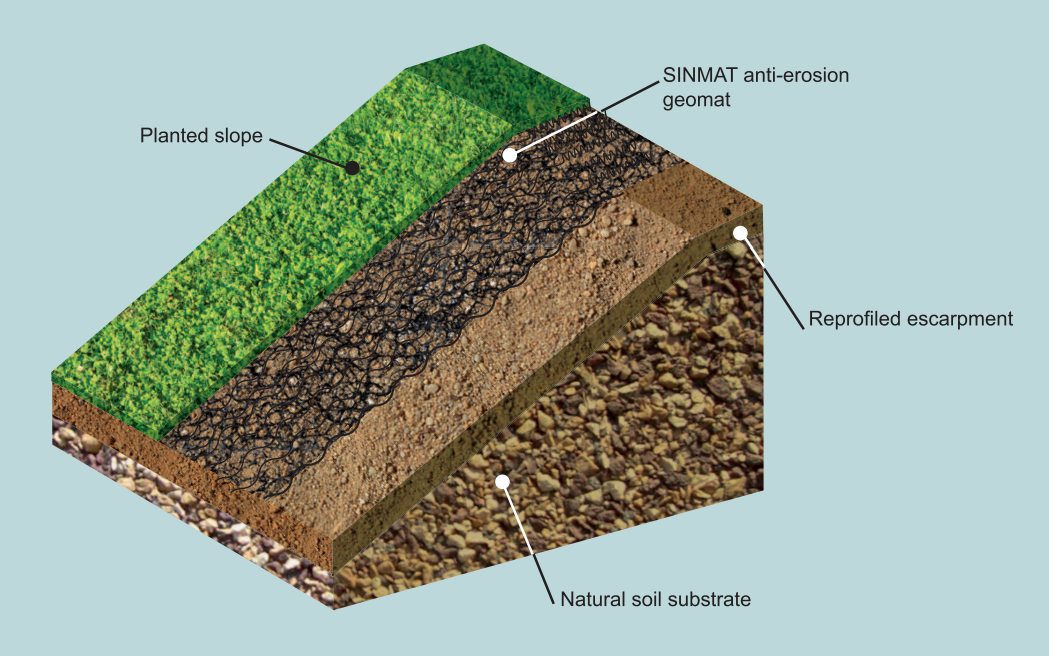Ideal Practices for Erosion Control in Construction Projects
Are you working with a building and construction job and concerned about disintegration control? Look no more! In this short article, we will certainly lead you through the most effective methods for protecting against erosion on your site. You'll uncover 5 vital methods, efficient sediment and overflow management strategies, key considerations for slope stabilization, and pointers for safeguarding vegetation and soil. We'll additionally dig into the importance of carrying out appropriate water drainage systems. Prepare yourself to take on erosion head-on and make certain the success of your building project.
5 Necessary Disintegration Control Methods

To effectively control erosion on your building website, you'll require to apply necessary strategies such as incline stabilization and sediment control actions. Incline stablizing is essential in stopping dirt disintegration on high slopes. Another reliable technique is the usage of disintegration control blankets or mats, which are put on the slope and assistance keep soil fragments while allowing greenery to grow.
Reliable Debris and Overflow Management

You can properly handle debris and runoff in your construction project by carrying out proper disintegration control actions. Debris and drainage management is essential to stop disintegration and shield the surrounding environment. One effective measure is the installation of silt fences along the boundary of the building site. These fences help to have sediment and stop it from getting in neighboring water bodies. An additional essential technique is the execution of disintegration control blankets or mats. These blankets supply a safety layer on bare dirt, lowering the effect of rainfall and preventing disintegration. In addition, using debris basins or sediment traps can help to record debris and avoid it from going into stormwater systems. Routine upkeep of these procedures is necessary to guarantee their efficiency throughout the building job. This includes cleansing and examining sediment containers and on a regular basis changing silt fences and disintegration control blankets as needed. By applying these disintegration control procedures, you can successfully manage debris and overflow in your construction project, reducing the influence on the setting and abiding by governing demands.
Secret Considerations for Slope Stabilization
You need to thoroughly take a look at the slope's characteristics, such as its make-up, drain, and angle patterns. Look for indicators of disintegration, such as revealed roots, cracks, or slumping soil.
One more option is to grow plants on the slope, as the roots can assist secure the dirt and control disintegration. Furthermore, mounting erosion control coverings or mats can offer immediate defense while greenery comes to be established.
It's critical to on a regular basis keep track of the maintained slopes to ensure their effectiveness. Maintain an eye out for any type of signs of motion or disintegration, and take instant action if essential. Normal maintenance, such as evaluating and repairing any kind of broken procedures, is likewise important to guarantee lasting security.
Ideal Practices for Plant Life and Soil Defense
One efficient way to shield plants and dirt on inclines is by frequently inspecting for indications of erosion and taking instant activity if needed. Start by inspecting the incline for any type of indications of disintegration, such as subjected roots, bare soil spots, or debris buildup at the base. Implement disintegration control procedures such as setting up disintegration control coverings, mulching, or even building preserving walls if needed.
Executing Appropriate Drain Equipments
When it comes to taking care of water flow and preventing erosion, recognizing these variables is essential. Steeper inclines can lead to much faster water circulation, boosting the threat of disintegration and flooding. On the various other hand, gentler inclines allow water to flow much more slowly, reducing disintegration potential.
Soil kind likewise affects drain system style. Various dirt kinds have differing levels of you could look here leaks in the structure, impacting exactly how water is soaked up and drained pipes. Sandy dirts often tend to drain faster due to their rugged structure, while clay soils have a slower water drainage rate due to their portable nature. Recognizing the soil kind about his assists in selecting proper drain techniques, such as making use of permeable products or setting up French drains pipes. Additionally, considering the dirt attributes helps protect against waterlogging, which can cause bad plant development and damage to frameworks.
Verdict
To conclude, when it comes to disintegration control in building and construction projects, you need to follow these finest techniques. Carry out effective debris and drainage management methods to stop pollution. Think about incline stabilization approaches to guarantee the stability of the website. Protect plants and dirt by utilizing appropriate measures. Lastly, establish correct water drainage systems to handle water flow. By complying with these necessary techniques, you can properly regulate disintegration and ensure the success of your construction project.
To effectively regulate disintegration on your construction site, you'll require to implement important techniques such as slope stabilization and debris control actions. Incline stablizing is essential in protecting this website against soil disintegration on high inclines. One more efficient technique is the use of erosion control blankets or floor coverings, which are put on the incline and assistance retain dirt bits while allowing vegetation to expand. One more alternative is to plant vegetation on the slope, as the roots can assist anchor the dirt and control disintegration. Implement disintegration control actions such as setting up erosion control blankets, mulching, or also building preserving wall surfaces if needed.